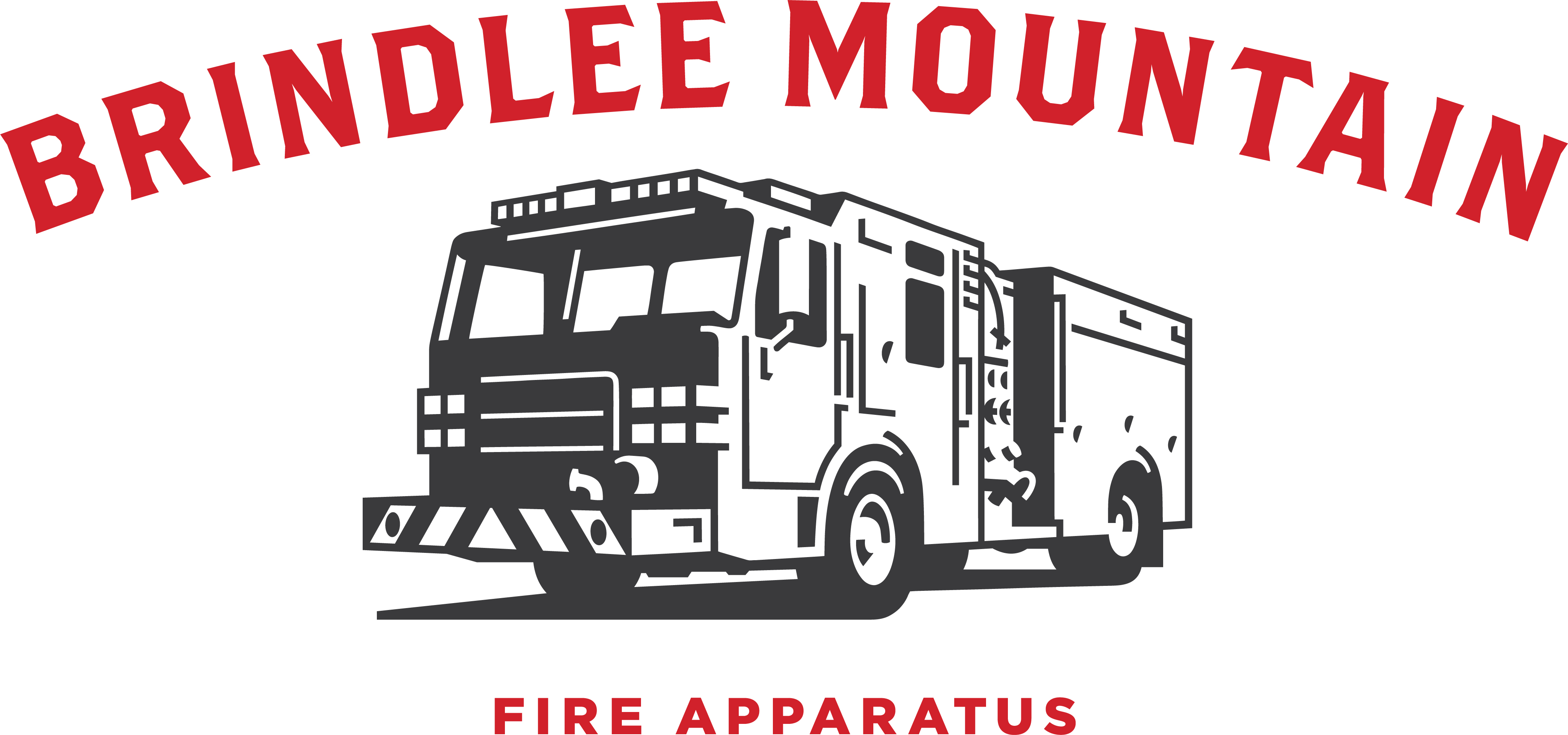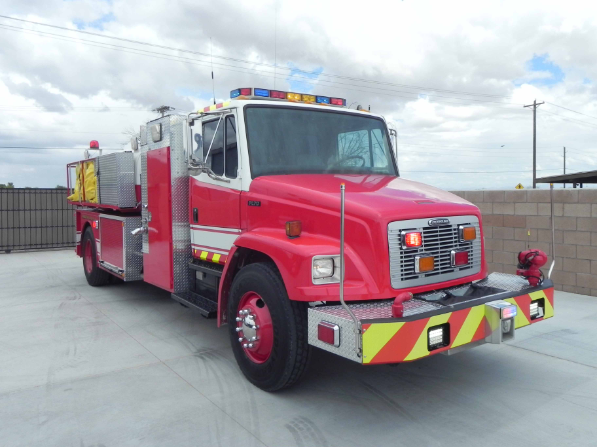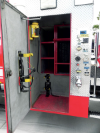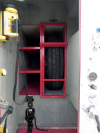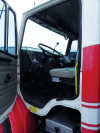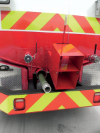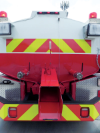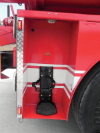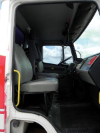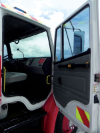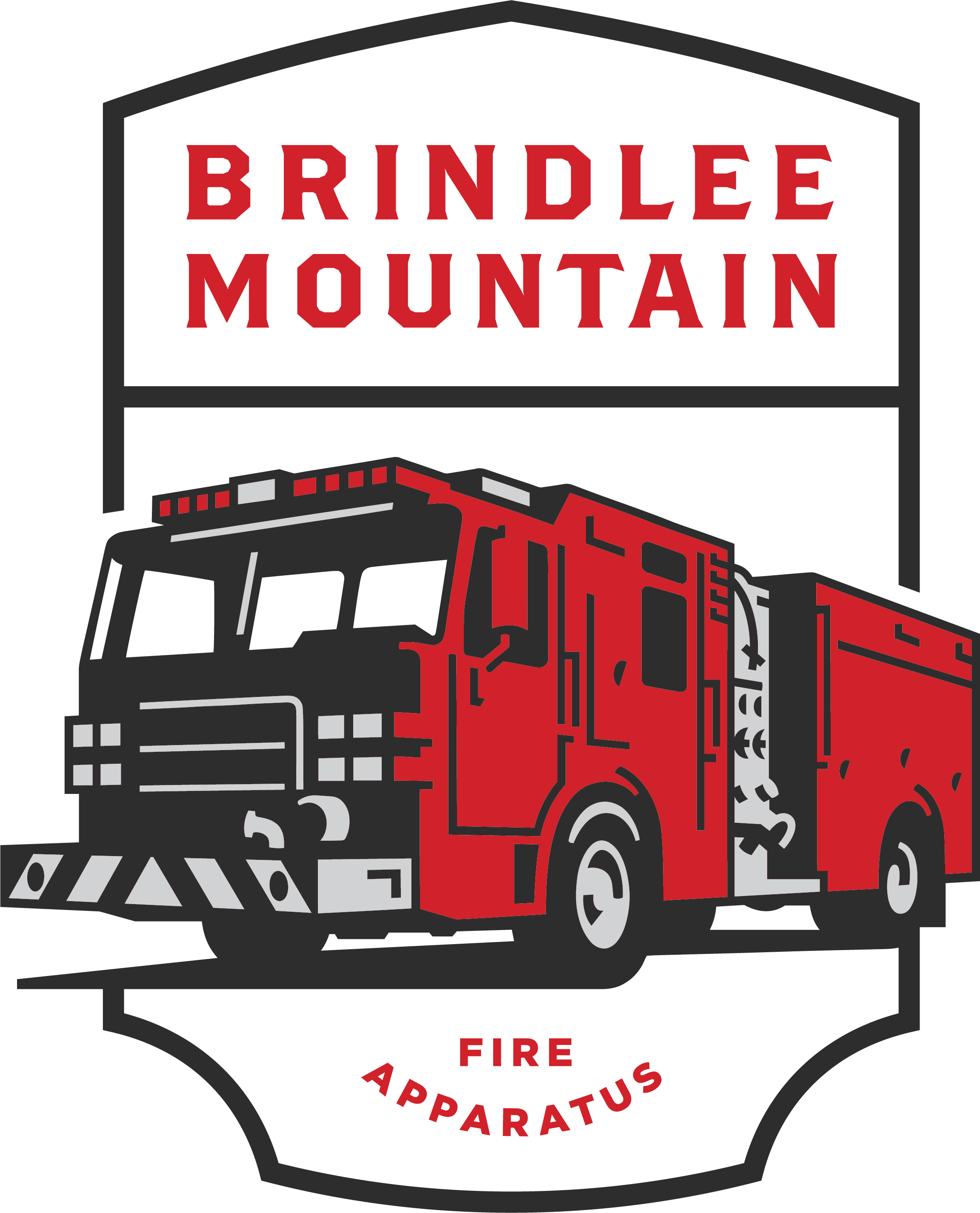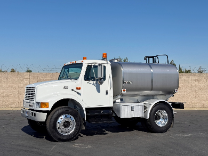Here are other options that meet your search criteria.
Here are other options that meet your search criteria
1996 Freightliner Commercial Tanker
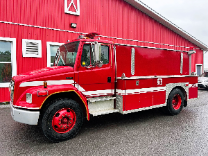
300 GPM Pump, 2000 Gallon Tank, Cummins Diesel, Manual Transmission
Truck Detail
1996 KME International Commercial Tandem-Axle Pumper Tanker
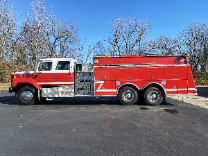
Hale 1000 GPM Pump, 3000 Gallon Tank, Cummins Diesel, Low Miles
Truck Detail
1996 Pierce Quantum Pumper Tanker
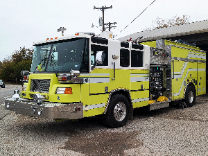
Waterous 1500 GPM Pump, 1500 Gallon Tank, Detroit Diesel
Truck Detail
1996 KME Custom Pumper Tanker

Waterous 1500 GPM Pump, 1200 Gallon Poly Tank, Cummins Diesel, Allison Automatic
Truck Detail
1996 GMC Topkick Commercial Tanker

Pump, 2000 Gallon Tank, Manual Transmission, Low Miles
Truck Detail
1997 Pierce Lance Pumper Tanker
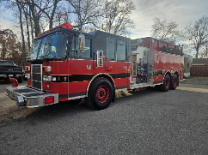
Waterous 2000 GPM Pump, 3000 Gallon Tank, Detroit Diesel
Truck Detail
1998 Eastway Freightliner Tandem-Axle Commercial Pumper Tanker

Waterous 1250 GPM Pump, 2500 Gallon Tank, Detroit Diesel, Low Miles
Truck Detail

